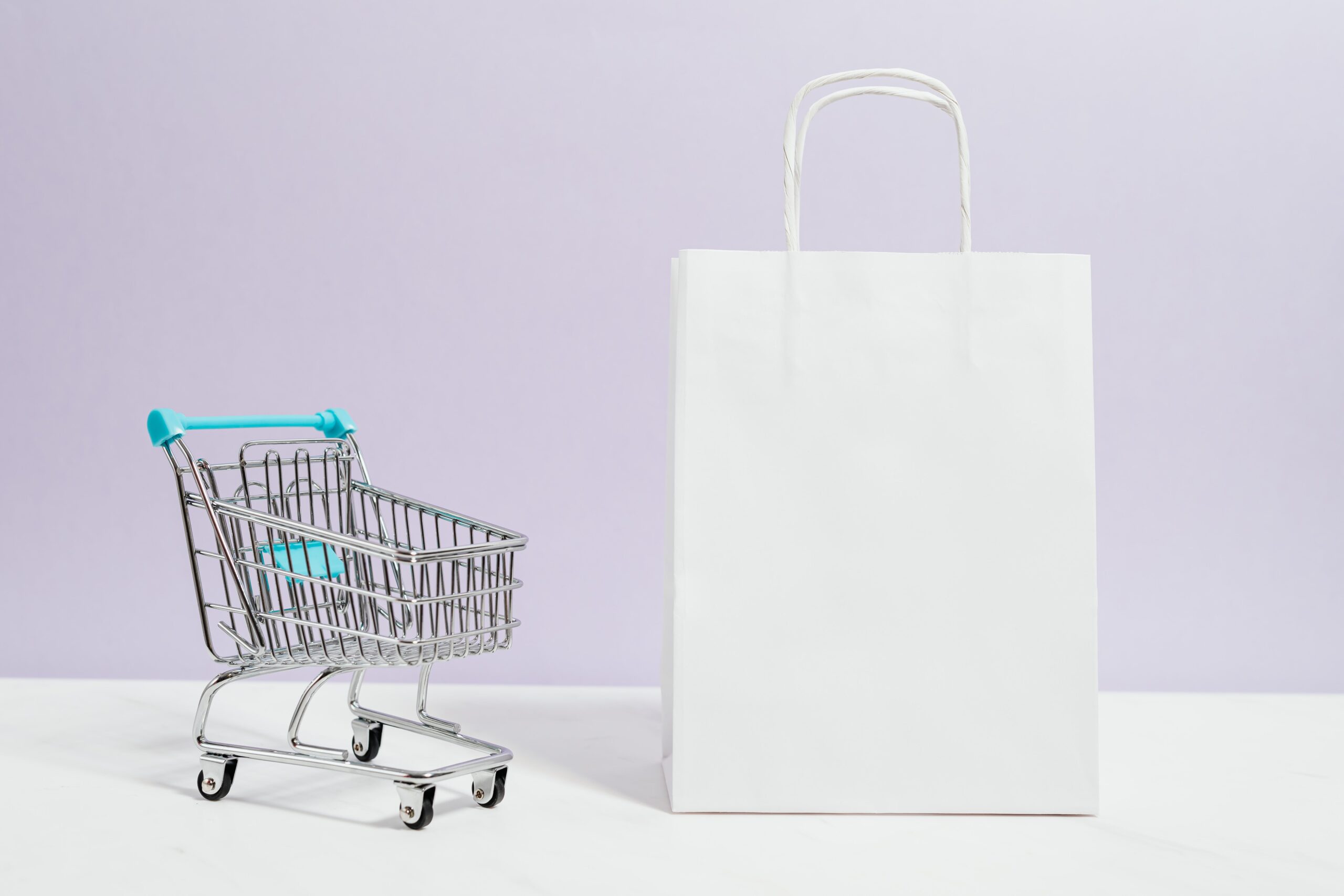Pakistan’s e-commerce sector is on a thrilling ride, experiencing rapid growth and constant innovation. While traditional methods still hold ground, emerging technologies like Artificial Intelligence (AI), Augmented Reality (AR), and Virtual Reality (VR) are poised to revolutionize the way Pakistanis shop online. Let’s delve into how these technologies are shaping the future of e-commerce in the Land of the Pure:
How AI is Reshaping Pakistani E-commerce.
AI: The Engine of Personalization and Convenience
Chatbots and Virtual Assistants:
AI-powered chatbots are becoming invaluable tools for customer service, providing 24/7 support and answering basic queries. This can significantly enhance the shopping experience, especially for those in remote areas of Pakistan with limited access to physical stores.
Dynamic Pricing and Promotions:
AI can optimize pricing strategies based on market trends, competitor analysis, etc. This could lead to more targeted promotions and personalized discounts, making online shopping more attractive for budget-conscious consumers.
AR: Bridging the Gap Between Physical and Digital
Virtual Try-Ons:
Imagine trying on clothes, jewelry, or even makeup virtually before purchasing them. AR technology allows shoppers to see how products would look on them through their smartphones or tablets, reducing the risk of returns and boosting confidence in online purchases.
Product Visualization in Real-World Settings:
AR can bring furniture, home decor, and other bulky items to life by allowing shoppers to visualize them within their own homes. This can be especially helpful in Pakistan, where understanding product scale and fit can be challenging solely through pictures.
Interactive Product Experiences:
AR can add layers of information and interactivity to product descriptions. Imagine hovering your phone over a food item to see its nutritional value or cultural significance, making online shopping more engaging and informative for consumers.
VR: Stepping into Immersive Shopping Experiences
Virtual Stores and Showrooms:
Imagine exploring a fully immersive, virtual store stocked with brands and products. VR technology can create realistic shopping environments, allowing customers to browse aisles, interact with products, and even consult with virtual sales people.
Product Demos and Tutorials:
VR can be used to create interactive product demonstrations and tutorials, particularly helpful for complex items like electronics or machinery. This can be especially beneficial in Pakistan, where access to product demonstrations might be limited in physical stores.
Travel and Tourism Experiences:
VR can transport shoppers to virtual tours of destinations, hotels, and cultural hotspots, encouraging them to explore and book travel experiences online.

